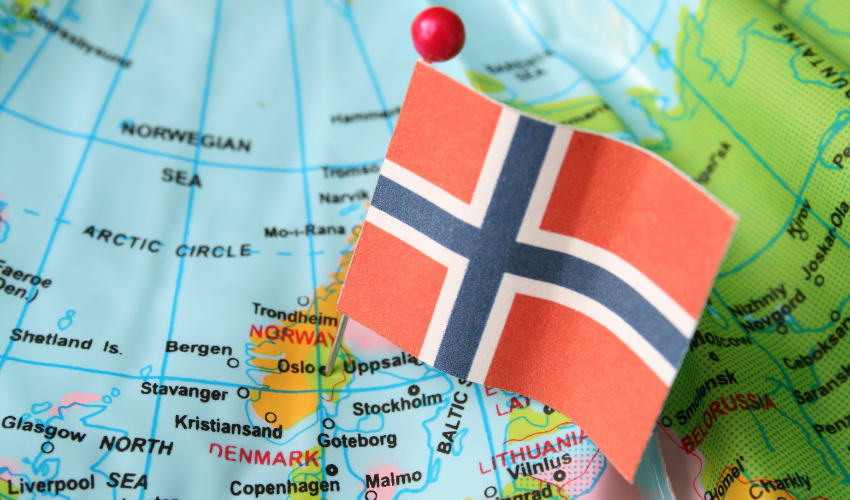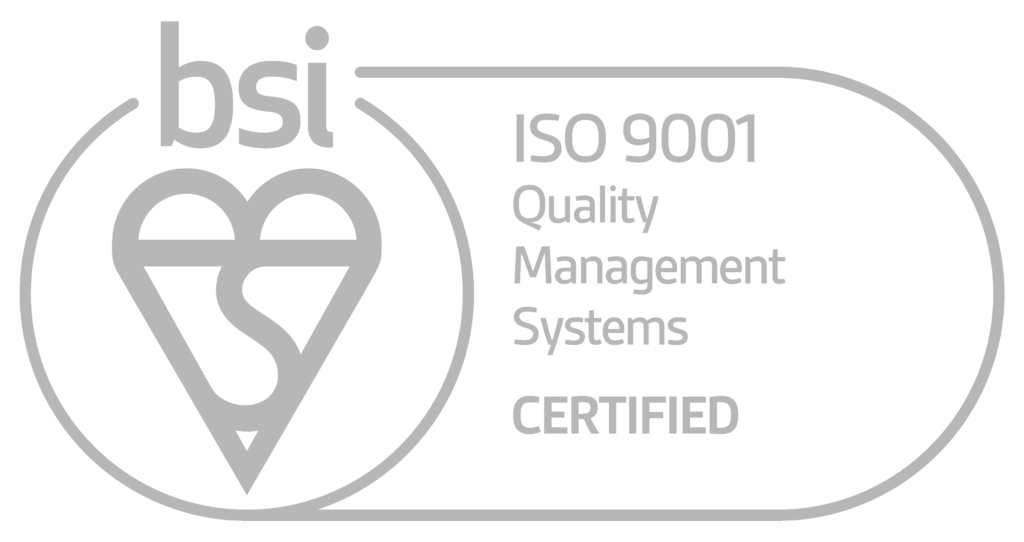Daily life is becoming increasingly interconnected and digital, and so is the economy. In a globalized digital economy, connecting with international audiences isn’t just about having your message translated, it’s about making sure it’s understood.
When targeting Norway, a country with high purchasing power, technologically adept consumers, and a strong online presence, translation becomes more than a technical task; it becomes a strategic necessity.
Why Norwegian Translation Services Matter
Norway, home to over 5 million people, is a country where digital engagement is exceptionally high. From e-commerce to corporate communications, Norwegians expect clear, localized experiences when interacting with foreign brands. Offering content in Norwegian isn’t just a bonus but it’s a signal of respect, trust, and professionalism.
Additionally, Norway’s increasing role in global trade, cultural exchange, and technology means more businesses are now investing in Norwegian translation to generate new revenue streams. Whether you’re entering the market with a website, product manuals, or legal contracts, speaking the local language is critical.
Understanding the Norwegian Language: Bokmål and Nynorsk
A unique characteristic of the Norwegian language is that it has two official written standards: Bokmål and Nynorsk.
- Bokmål meaning “book language,” is the most commonly used form and is based on Danish-influenced urban dialects.
- Nynorsk or “new Norwegian,” draws from rural dialects and is supported particularly in western regions and some government institutions.
Choosing the right variant is not just a linguistic decision but it’s a cultural and regional strategy. A reliable translation provider will ask about your target region and suggest the appropriate form accordingly.
Today, Bokmål dominates all sectors of Norwegian society, with 85–90%of the population writing in Bokmål, while Nynorskis used by about 10–15% of Norway’s population.
Regional Dialects and Variants
Beyond the official written forms, spoken Norwegian varies significantly across the country. Dialects such as Østnorsk, Vestnorsk, Trøndersk, Nordnorsk, and Sørlandsk differ in pronunciation, vocabulary, and grammar, even between neighboring towns.
These differences can influence the tone and clarity of your message. A professional translator, especially a native speaker, ensures that regional nuances are respected.
The Hidden Challenges of Translating to Norwegian
Norwegian translation, is not just a matter of swapping words between languages. It involves adapting content across grammar rules, idiomatic expressions, and cultural context.
For instance, Norwegian has:
- Grammatical gender for nouns
- Specific verb conjugation rules
- Sentence structures that differ from English
Machine translation tools often struggle with these nuances, leading to awkward phrasing, incorrect word usage, or even miscommunication.
Tone and Formality
Just like in English, Norwegian varies in tone depending on the audience. A formal legal document, a technical manual, and a marketing ad each require a different tone of voice. Getting this tone wrong can make your message seem out of place or even unprofessional.
A professional translator doesn't just translate but also interprets the intent behind your words and replicates it in a culturally appropriate way.
Cultural Sensitivity: The Secret to Connection
Translation without localization is like speaking to someone in their language but ignoring their values. Norwegian culture values directness, modesty, and clarity.
Failing to localize idioms, humor, or cultural references can make your content fall flat or worse, offend.
This is particularly critical in:
- Marketing
- HR policies
- Public-facing content
Professional Norwegian translators tailor your content to match the cultural expectations of your target audience, enhancing brand trust and message clarity.
How to Choose the Right Norwegian Translation Provider
Native-Speaking Translators
The most accurate and natural-sounding translations come from those who speak the language natively. Native translators understand:
- Local idioms and slang
- Dialect-specific grammar
- Contextual cues that shape tone and meaning
This results in a more authentic voice for your brand.
Industry-Specific Knowledge
Legal, medical, and technical texts require subject matter expertise. For example:
- A legal translator must understand Norwegian law terminology.
- A medical translator should be familiar with pharmaceutical or clinical trial language.
- A technical translator must know industry-specific standards and vocabulary.
Reputable translation services employ translators with experience in your field, reducing risk and increasing clarity.
Tools and Technology
Professional providers use advanced tools to maintain consistency across documents, especially for large or ongoing projects. This includes:
- Translation Memory (TM): Stores previously translated segments to ensure consistent reuse.
- Termbases: Glossaries of approved terms based on your brand or industry.
This not only enhances quality but also reduces cost and turnaround time over time.
Website Translation into Norwegian: A Must for Digital Success
Human vs. Machine Translation
While machine translation (like Google Translate) offers speed and cost savings, it lacks the linguistic depth and cultural awareness needed for business-critical content. Machine translations often mishandle grammar, idioms, and context.
For web content that needs to build trust and drive conversions, human translation is the safer choice.
SEO Localization
Translating keywords isn’t enough. You also need to research and use terms Norwegians actually search for. Effective SEO localization involves:
- Identifying Norwegian keywords with high search volume
- Adapting meta descriptions, alt tags, and URLs
- Matching tone and search intent
This ensures your Norwegian website performs well on local search engines and attracts organic traffic.
Pre-Launch Testing
After translation, your site must be tested for:
- Proper formatting and layout
- Broken links or untranslated content
- Functionality across devices
These steps ensure a smooth user experience and prevent costly post-launch fixes.
Invest in Professionalism
Norwegian translation services offer a strategic advantage. In today’s competitive digital world, language is your bridge to connection, and a customer-centric approach is your path to growth.
Investing in high-quality Norwegian translation is an investment in sustainable success.








Comments are closed